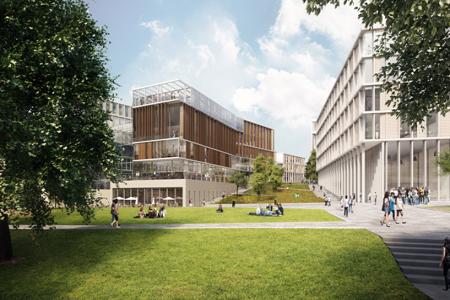REPORTED growth in community renewable schemes does not give the full picture an energy conference has heard.
Speaking at the All Energy Conference in Aberdeen, Gregory Dix of Savills Energy told delegates that figures released earlier this year by the Energy Saving Trust saying Scotland is on track to achieve its community renewable targets rely too heavily on farms and estates, which account for around 33% of the current total, with a further 31% being accounted for under housing association and local business developments.
The report identified that in June last year Scotland was on track to meet its target of 500MW of community and locally-owned renewable energy by 2020, with more than 40% operational in 2012. Dix, a project manager, said: “These are impressive headline figures but they are slightly muddled when one takes into account the fact that under the real definition of ‘community’ from the report, the total capacity installed is only 26MW.
“Community schemes are, in fact, very challenging to set up, particularly while investors are still jittery about long-term returns on energy investments. They have to work hard to build a case and are often very poor in the scoping and pre-planning stage because of the lack of funds to obtain the right expertise. This explains why, when you drill down into the figures, you find the number of genuine community projects is actually very small.”
The Energy Saving Trust report, published in February, states that there are a further 265MW of projects consented but some 167MW of that is accounted for by the Viking windfarm development in the Shetlands, of which around 45% is owned by the Shetland Charitable Trust.
Dix added: “It remains uncertain whether the project will go ahead as the proposed Shetland to the Highlands interconnector is not likely to be in place before 2018. Westminster has still not finalised changes to upcoming larger renewable scheme support under the proposed CfDs (Contracts for Difference), which brings further uncertainty to renewable energy projects and feed-in tariffs appear to remain open to Government tinkering on an almost monthly basis.
“It is the complex issues of such items as interconnection, lack of faith in Government stance on financial support and the challenges of planning and raising the funding that will always be a limitation on true community energy developments.”
Dix said that while the headline figures look good for communities, the underlying level of true community developments is very small. Schemes often fail, because of a lack of initial expertise in early stage scoping and following a proper development programme. “This is principally down to a lack of experience and expertise, which can be bought in but at significant cost.”






